Landersdorfer CB1,2, Rees VE3,2, Yadav R3, Rogers KE3,2, Kim TH4, Bergen PJ2, Cheah SE3, Boyce JD5, Peleg AY5,6, Oliver A7, Shin BS4, Nation RL3, Bulitta JB8.
1 Delivery, Disposition and Dynamics, Monash Institute of Pharmaceutical Sciences, Monash University, Melbourne, Australia cornelia.landersdorfer@monash.edu.
2 Centre for Medicine Use and Safety, Faculty of Pharmacy and Pharmaceutical Sciences, Monash University, Melbourne, Australia.
3 Drug Delivery, Disposition and Dynamics, Monash Institute of Pharmaceutical Sciences, Monash University, Melbourne, Australia.
4 School of Pharmacy, Sungkyunkwan University, Suwon, Gyeonggi-do 16419, Korea.
5 Infection and Immunity Program, Monash Biomedicine Discovery Institute and Department of Microbiology, Monash University, Melbourne, Australia.
6 Department of Infectious Diseases, The Alfred Hospital and Central Clinical School, Monash University, Melbourne, Australia.
7 Servicio de Microbiología, Hospital Universitario Son Espases, Instituto de Investigación Sanitaria de Palma, Palma de Mallorca, Spain.
8 Center for Pharmacometrics and Systems Pharmacology, College of Pharmacy, University of Florida, Orlando, FL, USA.
Abstract Objectives: Hypermutable Pseudomonas aeruginosa are prevalent in patients with cystic fibrosis and rapidly become resistant to antibiotic monotherapies. Combination dosage regimens have not been optimized against such strains using mechanism-based modeling (MBM) and the hollow-fiber infection model (HFIM). Methods: The PAO1 wild-type strain and its isogenic hypermutable PAOΔmutS strain (MICmeropenem 1.0 mg/liter, MICtobramycin 0.5 mg/liter, for both) were assessed using 96-h static concentration time-kill studies (SCTK) and 10-day HFIM studies (inoculum ∼108.4 CFU/ml). MBM of SCTK data was performed to predict expected HFIM outcomes. Regimens studied in the HFIM were: meropenem 1 g 8-hourly (0.5h infusion), meropenem 3 g/day continuous infusion, tobramycin 10 mg/kg 24-hourly (1h infusion) and both combinations; meropenem regimens delivered the same total daily dose. Time-courses of total and less-susceptible populations and MICs were determined. Results: For PAOΔmutS in the HFIM, all monotherapies resulted in rapid regrowth to >108.7 CFU/ml with near complete replacement by less-susceptible bacteria by day 3. Meropenem 8-hourly with tobramycin caused >7-log10 bacterial killing followed by regrowth to >6-log10 CFU/ml by day 5 and high-level resistance (MICmeropenem 32 mg/liter, MICtobramycin 8 mg/liter). Continuous infusion meropenem with tobramycin achieved >8-log10 bacterial killing without regrowth. For PAO1, meropenem monotherapies suppressed bacterial growth to <4-log10 over 7-9 days, with both combination regimens achieving near eradication. Conclusions: A MBM-optimized meropenem plus tobramycin regimen achieved synergistic killing and resistance suppression against a difficult-to-treat hypermutable P. aeruginosa strain. For the combination to be maximally effective, it was critical to achieve the optimal shape of the concentration-time profile for meropenem.Antimicrobial Agents and Chemotherapy 2018. doi: 10.1128/AAC.02055-17.
Link to Pubmed